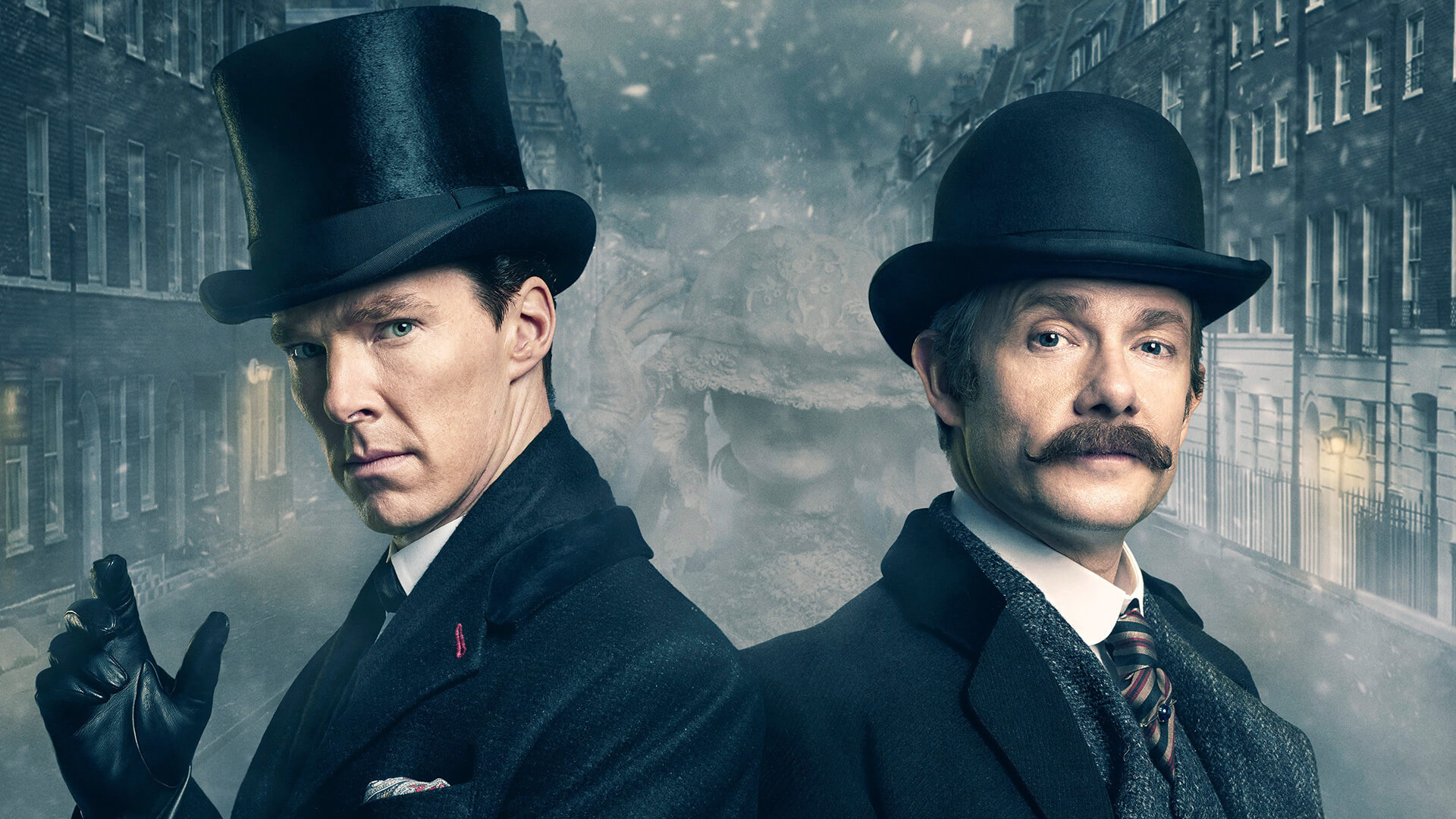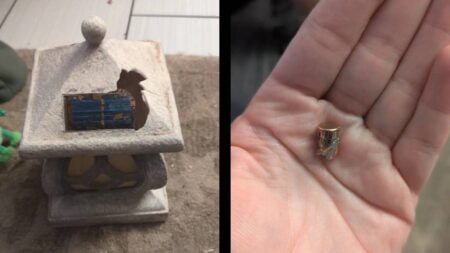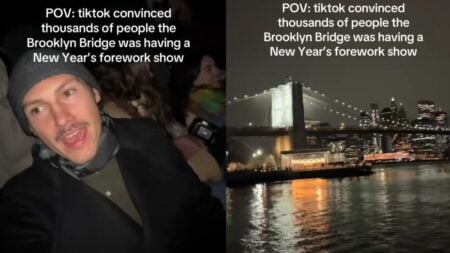Title: Sherlock: The Abominable Bride
Air Date: January 1, 2016
Network: BBC One, PBS TV
Genre: Crime, Drama, Mystery
With Sherlock’s Season 4 premier predicted to be as far away as 2017, The Abominable Bride is a mid-course appetizer for the starving Sherlock fans. It has left a majority of the audience satiated for the time being, but the holiday course special has a peppering of questionable ingredients and an odd aftertaste.
Though this is a majorly spoiler free review, some character identities may be spoiled.
[embedyt] https://www.youtube.com/watch?v=V8LWfc29J_E[/embedyt]
[gap height=”15″]
Sherlock: The Abominable Bride is a (LSD) trip back in time into the 1890s when the Sherlock Holmes stories were originally penned by Sir Arthur Conan Doyle. Heretofore, the three Sherlock seasons have taken place in a modern setting. The Abominable Bride centers on a seemingly paranormal series of murders committed by a daft woman, Emilia Ricoletti (Natasha O’Keeffe), donning a bridal gown. Consulting Detective Sherlock Holmes (Benedict Cumberbatch) and Doctor John Watson (Martin Freeman) are tasked with solving the strange mystery after Emilia Ricoletti commits suicide but somehow continues her rampage of exacting murderous revenge.
In typical Sherlock fashion, the case defies all logic up to the very end (well, possible illogicality will remain even then). It effectively forces the audience to question what they deem possible. Could a ghost indeed have committed these murders? When will Rod Serling pop up and begin to narrate the closing scene? For the first time, the writers, Mark Gatiss and Steven Moffat, craft a befuddling story-line, bringing into question what Sherlock is known to say: “When you have eliminated the impossible, whatever remains, however improbable, must be the truth.” The Abominable Bride somehow manages to eliminate both the probable and the impossible, leaving you with furrowed brows.
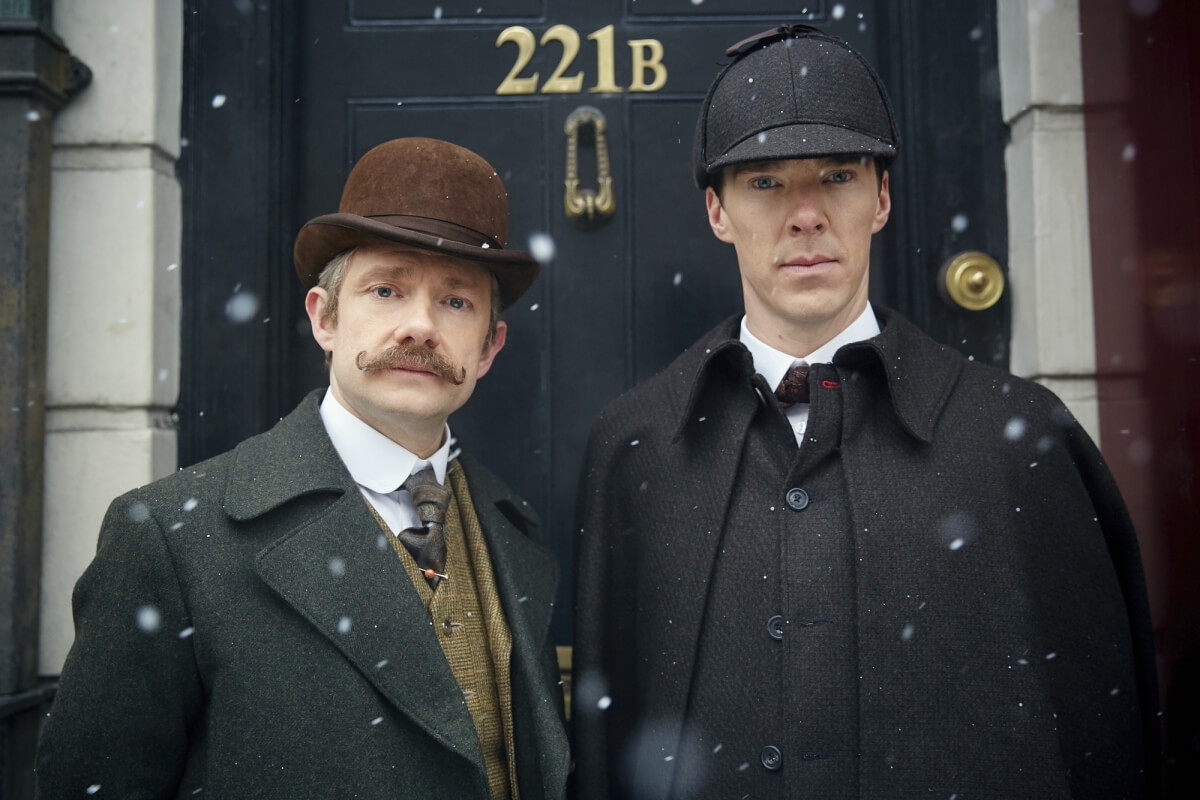
If you’re unfortunate enough to have never watched Sherlock before, starting with The Abominable Bride is an abominable idea. Besides the Victorian time period, The Abominable Bride begins much like the previous episodes and eventually falls within the same chronology of the overarching story. Each time a familiar character appears onscreen, they somehow manage to greet you as well. The characters are introduced much like the first episode, “A Study in Pink,” but the introductions are rightly so hurried. To this extent, you can’t help but wonder if it is necessary for Sherlock and Watson to meet for the second time, all over again. The characters are pretty similar to their modern day counterparts; nevertheless, there are distinctions. The roles are slightly closer in form to the original literature-based Sherlock Holmes characters. For example, the occasional cocaine usage that Sherlock partakes in makes an appearance on film. There are subtle differences for the main characters. The retro-Sherlock behaves slightly more arrogant than his modern day doppelganger. Likewise, Watson acts much more like a side-kick than a true co-star. To this extent, a few of the supporting actors’ roles are entirely different. Such as Molly Hooper (Louise Brealey) who plays a cross-dressing mortician, ultimately ending up involved in the shenanigans.
The characters that compose The Abominable Bride are well-rounded, primarily due to our knowledge of them in the previous seasons. However, some of the new secondary characters are sketchy, quickly drawn around Sherlock and Watson. An example of this is Moriarty, who makes a questionably-relevant appearance. We know Moriarty to be a villain so slimy and disturbing to the point of making you uncomfortable. However, in The Abominable Bride, his character comes off as abrasive, annoying and aggravating—rather than delightfully creepy. The story’s holes and convoluted plot devices begin compiling the moment Moriarty emerges. His role is relatively undefined in the whole scheme of things and ends up muddling the plot instead of adding to it. Leaving aspects of a plot to audiences’ imaginations works well when executed correctly. This isn’t the case for The Abominable Bride. Filling in the plot holes proves exhausting.
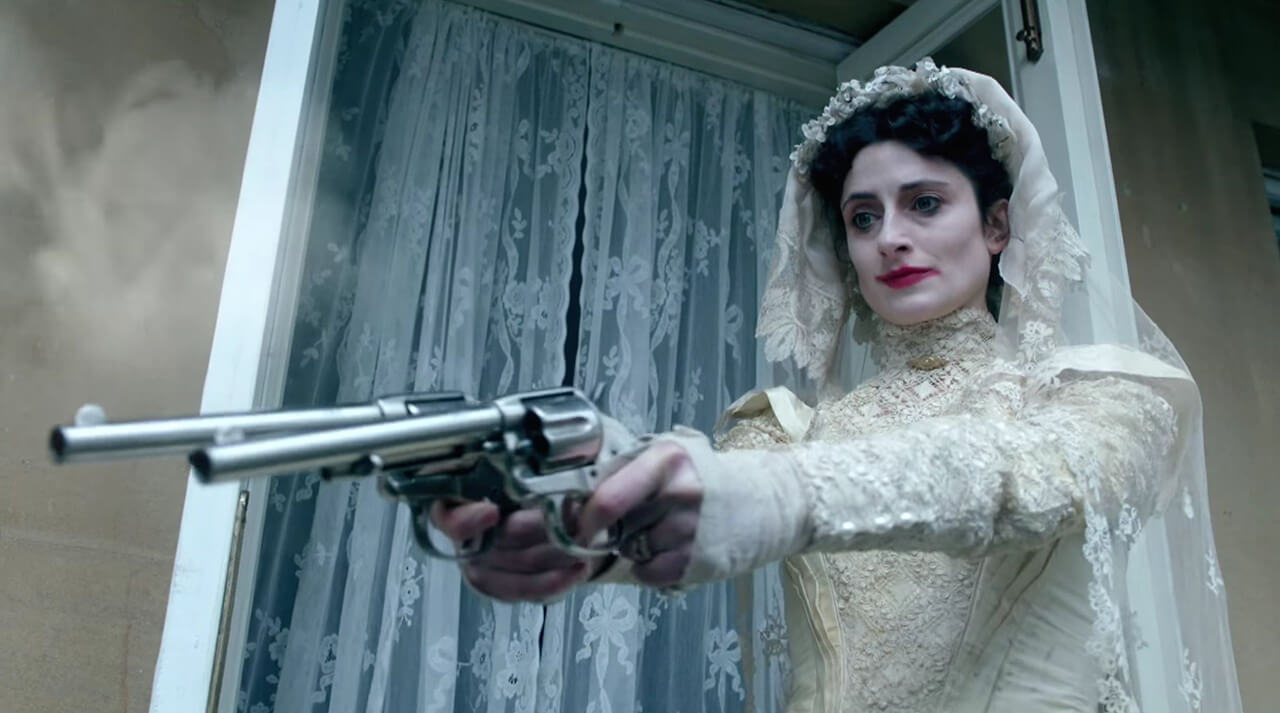
The Abominable Bride reminds me of a particular line within a poem composed by Edgar Allen Poe: “All that we see or seem is but a dream within a dream.” There have been shows and movies that have successfully pulled this theory off, but The Abominable Bride fails to. Though majorly singular (inside joke), the special also is a melting pot of several of Doyle’s stories. Having read nearly all of the Sherlock fiction, it is evident that the writers of The Abominable Bride try to blend a few of the stories together into one hour and a half episode. Instead of adding to it, injecting the literature ends up handicapping the plot, which is one reason the pacing transpires as disjointed and disorderly. To illustrate, Sherlock’s showdown with Moriarty at the mountainous waterfall was the same setting as in the story, “The Final Problem.” That scene appears so abruptly, I actually sympathize with viewers who have not read the stories. Even I am vexed, let alone the aforementioned viewers who will be positively puzzled by the scene. “The Five Orange Pips” and character references from “The Musgrave Ritual” are also randomly thrown into the mix without much support.
Time jumping can be implemented correctly into a story as well, but this is another element that The Abominable Bride fails to execute properly. It may be due to the fact that not only does it jump time, but also shifts between realities and consciousness. In the end, I was left wondering what had actually transpired. Not because it went over my head or I failed to comprehend intellectual gravitas, but because nothing is clearly defined.
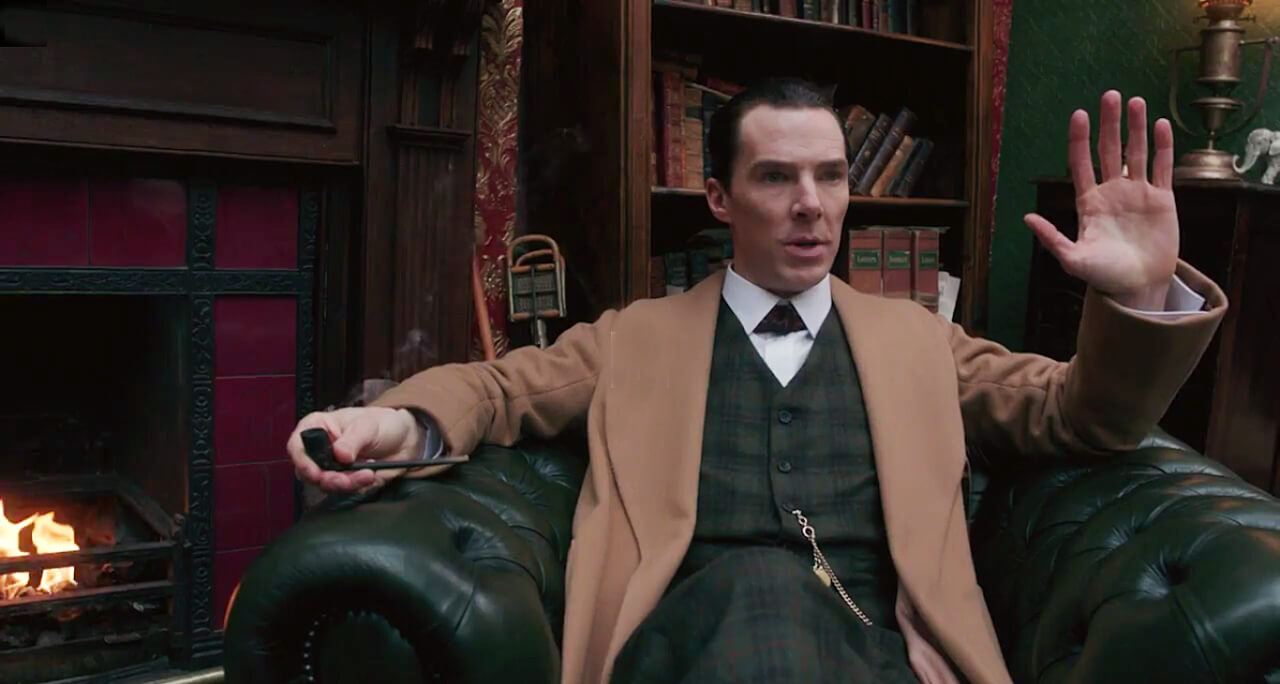
The Abominable Bride seems to try to pay homage to the original Arthur Conan Doyle stories, but it does so spastically, spewing random parts of the literature throughout the plot. Though the setting is expertly crafted and the actors’ performances nearly flawless, the plot lacks its due diligence in complimenting them. The Abominable Bride would have benefited greatly if it had remained a story that takes place in an alternate reality and time; a good-ole-fashioned whodunit’ with Sherlock’s expert skills and muse to guide us. Instead, it tries too hard to incorporate itself into the existing Sherlock universe, resulting in one question: “So, what really was the point?”
Don’t get me wrong; I absolutely love Sherlock–it’s one of the best shows on television–and I thoroughly enjoy Doyle’s literature. The Abominable Bride wasn’t horrible. It was still fun, interesting and captivating–not to mention gorgeous to watch. However, the holiday special missed its mark this time, and now fans will have to wait for at least a year for the Sherlock we love and know to return. Hopefully to redeem itself.
Story: The writers, Mark Gatiss and Steven Moffat, craft a befuddling storyline, bringing into question what Sherlock is known to say: “When you have eliminated the impossible, whatever remains, however improbable, must be the truth.” However, what remained was still the impossible. The story started well, but in an attempt to fit too much in, it suffocated itself. Injecting the Sherlock literature doesn’t make matters any better, but adds to the story’s jerkiness. The pace is disjointed. Despite the somewhat hollow story, it occasionally nods to fans.
Acting/Characters: As always, Benedict Cumberbatch’s and Martin Freeman’s performances are stellar. Nevertheless, this Sherlock felt different from the modern Sherlock, and not in a good way. Watson acted more like Batman’s Robin than ever before. A couple of the supporting characters are hastily created and vacuous. Moriarty’s relevancy is ambiguous and his character comes across as downright obnoxious.
Cinematography: The world of Victorian London was all-encompassing and convincing. To the handsome cabs, candelabras, and down to every little item in Sherlock’s envy-inducing den, the time period is meticulously captured. London is even more dreary and dark than we’re used to, creating a fitting miasma over every scene. The shots are gorgeous and suited to the Victorian era. The cinematography makes up for a few of the snags that The Abominable Bride suffers.
Organization: The pacing and flow of The Abominable Bride is unarguably its biggest drawback. The shake up of reality, time and consciousness was not only discombobulating, but possibly unnecessary. Instead of a good mystery within its own right and time peroid, it tries to pack too much in, inevitably entangling itself. I couldn’t help but picture a dog chasing its own tail.
[gap height=”15″]
[review]

